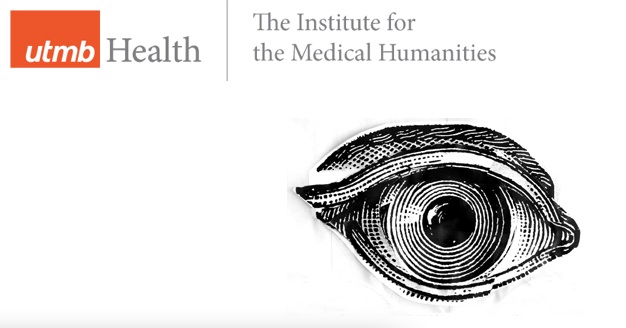Conference „The Visual Image and the Future of the Medical Humanities„, Institute for the Medical Humanities, University of Texas Medical Branch. Galveston, USA, May 10, 2014
The trend towards minimally invasive and robot-assisted surgical procedures confronts medical treatment with a dilemma: on the one hand, there are possible benefits for the patient, such as less trauma, shorter hospitalization, and an improved recovery process. On the other, these procedures involve fundamental difficulties for the surgeon, whose ability to access the operation field and to navigate the instruments is diminished in comparison with traditional open surgery. This increased surgical complexity results from the fact that in image-guided surgical interventions the patient’s body needs to be accessed remotely with special instruments that have to be guided by v!isualization techniques instead of interventions executed within the range of the physician’s hands and eyes.
Performing surgery via visual interfaces such as screens or optical devices introduces a layer of iconicity between physician and patient that presents new challenges to iconic knowledge, clinical practices and technical solutions. Major visualization deficits of image-guided interventions include the limitation of the surgeon’s field of vision, the lack of immersive hand-eye coordination, and the gap between three-dimensional perception and two-dimensional images. Despite the introduction of flexible camera angles, force feedback systems or s!tereo video endoscopy in response to those deficits, minimally invasive surgery is still far from achieving the direct visualization advantage of open surgery.
In order to tackle that problem the paper will present and evaluate current approaches from medical augmented reality and computer vision research that promise to close this visual gap by displaying the operating field from the surgeon’s perspective. It will address the methods and discuss the problems that go along with the goal to eliminate the disparity between vision and visualization by augmenting the point of view with visual images. The paper argues that the implementation of augmented reality into medical therapy corresponds to a form of iconic knowledge that represents a key task for the medical humanities.

